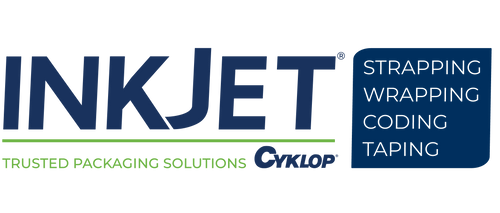Product Tracking and Reporting Best Practices
Product tracking and reporting is an essential part of modern commerce. Regardless of whether a company deals in food, construction components, or pharmaceuticals, it is important to understand how materials move throughout the supply chain.
For those supplying drug developers and aerospace manufacturers, demonstrating a complete knowledge of material origins helps boost quality assurance and maintains regulatory compliance. Similarly, food, beverage, and cosmetic producers need to foster traceability to comply with retailer requirements, and in certain cases, federal regulations.
When companies fail to follow the rules set by retailers or government agencies, it can result in expensive recalls, reputation-damaging publicity, and costly fines. To avoid these complications, these three best practices can help businesses enable traceability through labeling, recording, and quality assurance.
1. Label All Materials
Labels like barcodes, QR codes, lot numbers, and data matrices form the backbone of traceability. With these markings, companies can reliably pinpoint where materials are, where they came from, and where they are going. Through traceability, potential issues can be discovered across the supply chain, inventory problems can be minimized, and defective/contaminated products can easily be recalled.
By properly applying barcodes, lot numbers, etc., businesses can produce three kinds of traceability.
-
Inventory traceability is the ability to account for all components used to create a final product (e.g. ingredients, raw materials, etc.).
-
Backward traceability is the ability to source all components to their origin and account for any relevant production details (e.g. when the material was received, who the vendor is, etc.).
-
Forward traceability is the ability to tell customers/distributors what ingredients, parts, or materials were used to create specific products as well as where these products are currently located.
Companies can apply the proper codes in a variety of methods. For instance, continuous inkjet and thermal inkjet printers can both mark porous and non-porous substrates and are commonly used to apply barcodes, lot codes, and expiration dates. Print and apply labelers can also be used to place traceable codes. Laser etching machines are another reliable option, depending on the substrate.
To boost traceability when receiving materials, businesses can also provide their suppliers with the appropriate label formats beforehand.
2. Record Lot Numbers and Scanning Codes
Modern industrial facilities can be large and complicated places. To keep a firm grasp on where materials are located, it’s important to keep one’s system as organized as possible. This requires a close record of:
-
Supplier lot numbers to see how the supplied materials were used in production.
-
Internal material lot numbers to locate materials if you have sub-divided them to fit your production process.
-
Internal product lot numbers to know how you have used materials and/or determine where a part is along the production process.
Recording these different lot numbers enables precise traceability within one’s operation. Barcodes complement this functionality by allowing workers to easily document where products are located. Just remember to always scan things when they arrive, when they are moved, and when they finally leave the facility.
3. Ensure the Quality of Your Labels
Labels are a great traceability tool—as long as they work. Barcodes and data matrices can be rendered unscannable if they are printed with too low of a resolution or if they become smudged. Similarly, if lot codes are not applied properly, they can become illegible.
Operations can ensure that their codes are in working order by adding scanning to their quality inspections. In a production line setup, vision systems can automatically perform this function to minimize complications. If you are hand-applying shipping labels, handheld scanners will ensure that the barcodes are machine-readable, as well.
Ensuring barcode scannability is particularly important when shipping products as malfunctioning labels can lead to misdirected or redirected shipments. For large-scale operations, print-and-apply labelers maximize success by ensuring proper label application and machine readability.
Need to Improve Your Product Tracking and Reporting? InkJet, Inc. Can Help
Product tracking and reporting protects your business from supply chain complications and expensive penalties. To maintain full traceability, your company must mark all goods, materials, and shipping containers appropriately. This is where we can help.
At InkJet, Inc. we have been creating industrial printing solutions for over 30 years. We understand which hardware and ink combinations work with certain substrates, and we know how to craft a system to fit a company’s unique needs. If your company is looking for a reliable marking system but requires a bit of guidance, our expert team is here to support your search. Call today to get started.
For more information on product tracking and reporting best practices, or to inquire about specific solutions, contact InkJet, Inc. online or by phone at 1(800) 280-3245.



